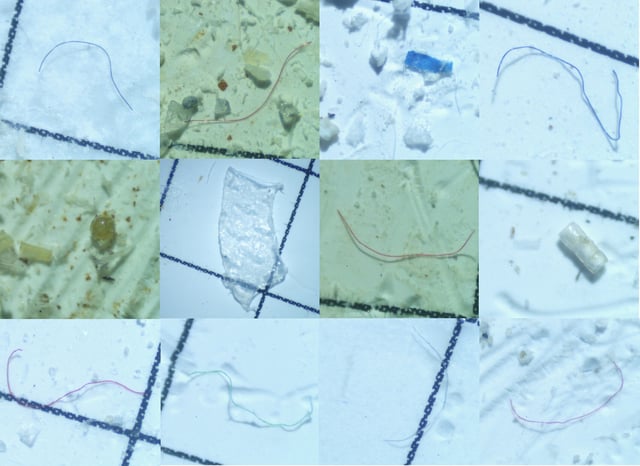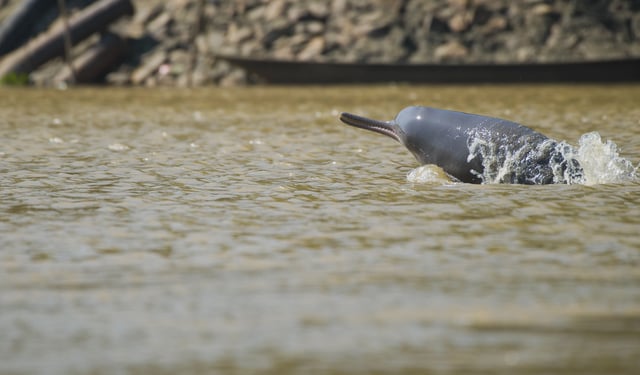Overview
- Researchers necropsied five stranded dolphins from 2019–2022 and detected microplastics across all four gut chambers.
- Counts ranged from 184 to 429 particles per animal, averaging about 286, among the highest reported for cetaceans.
- Fibers dominated the debris, mostly blue or transparent and 5 mm to 300 µm in size, with PET the most common polymer.
- Identical particles were found in prey fish, indicating trophic transfer through the Indus River food web.
- The PLOS One paper reports medium to high ecological risk from the polymers and calls for targeted plastic‑pollution controls in freshwater habitats.

